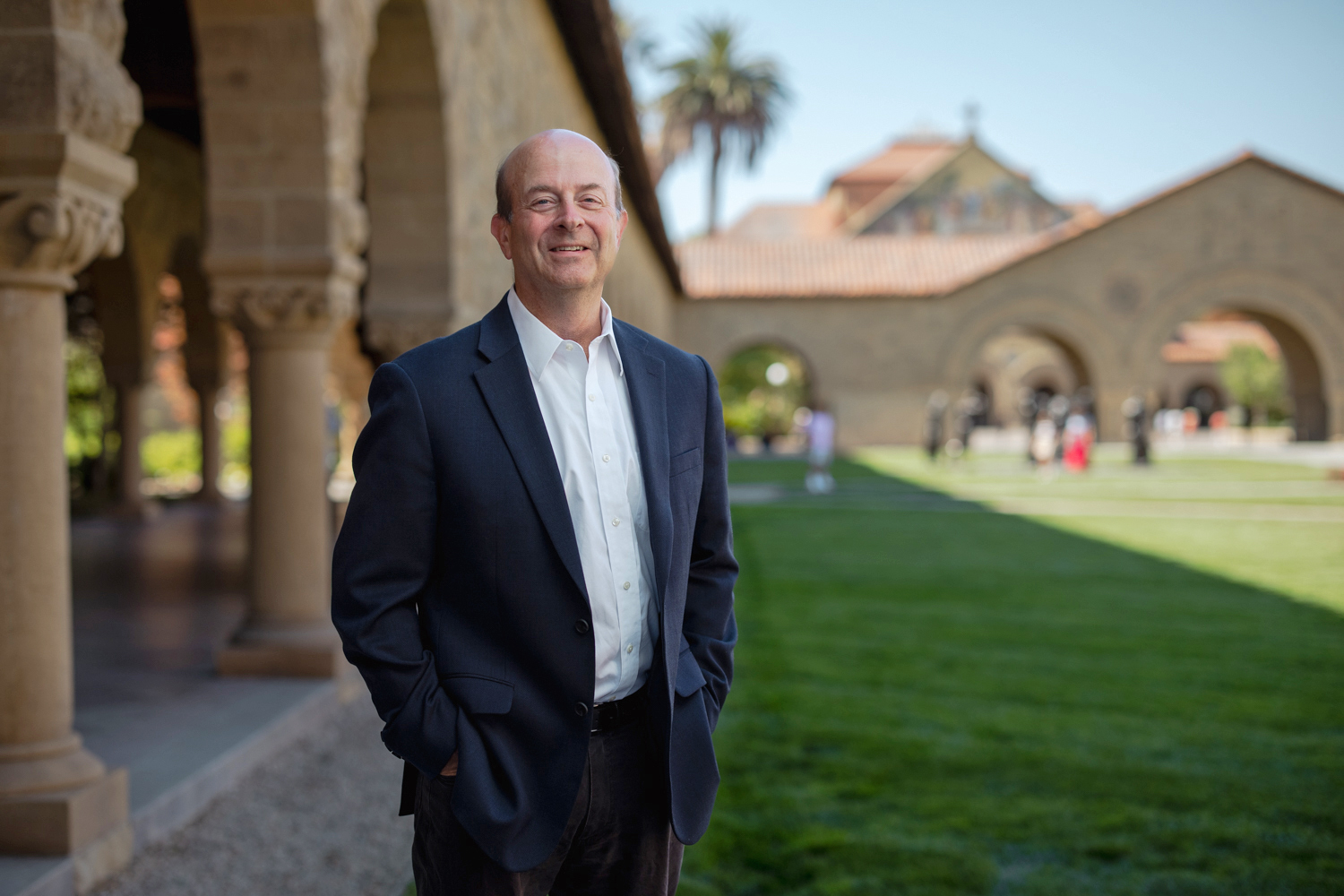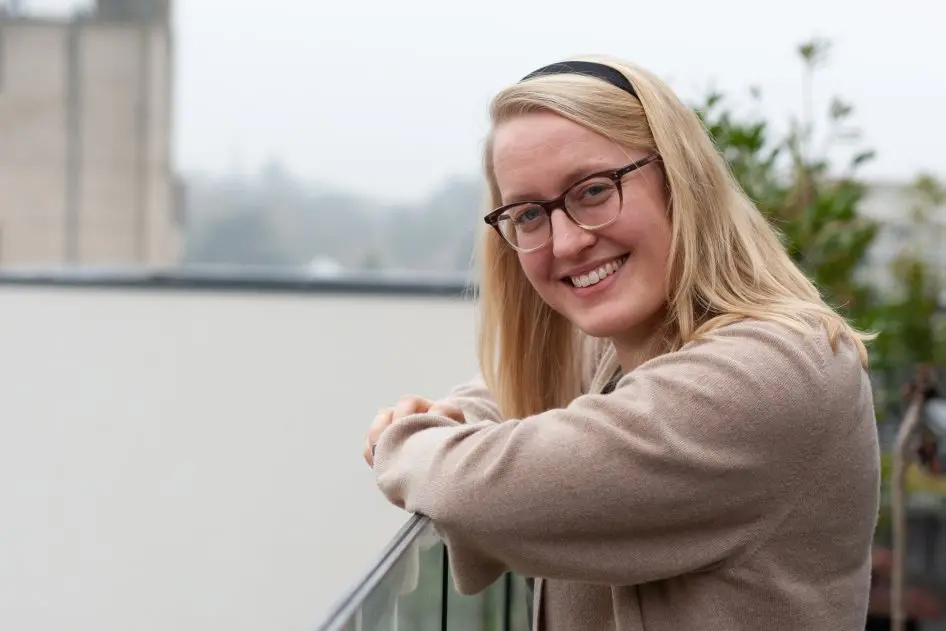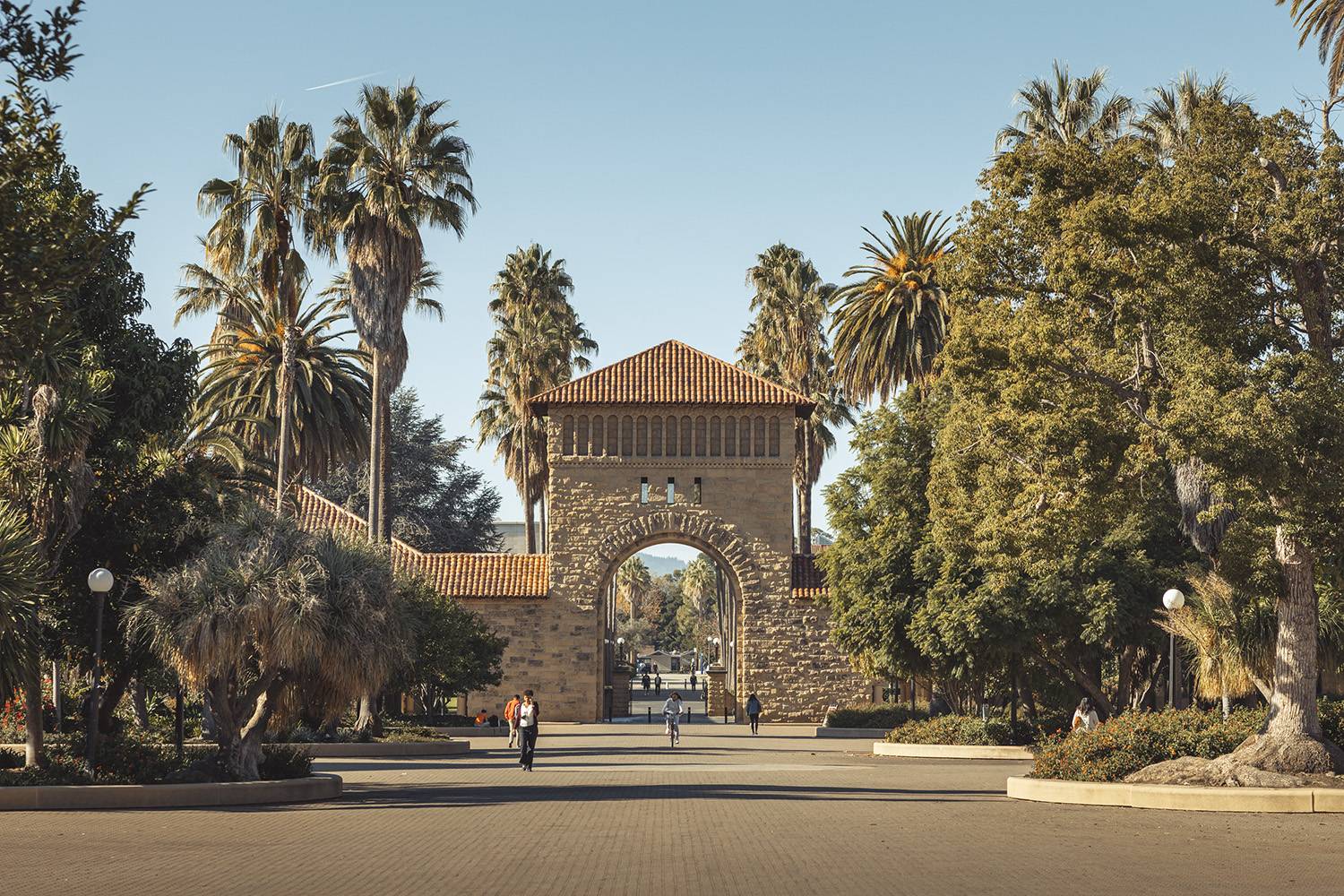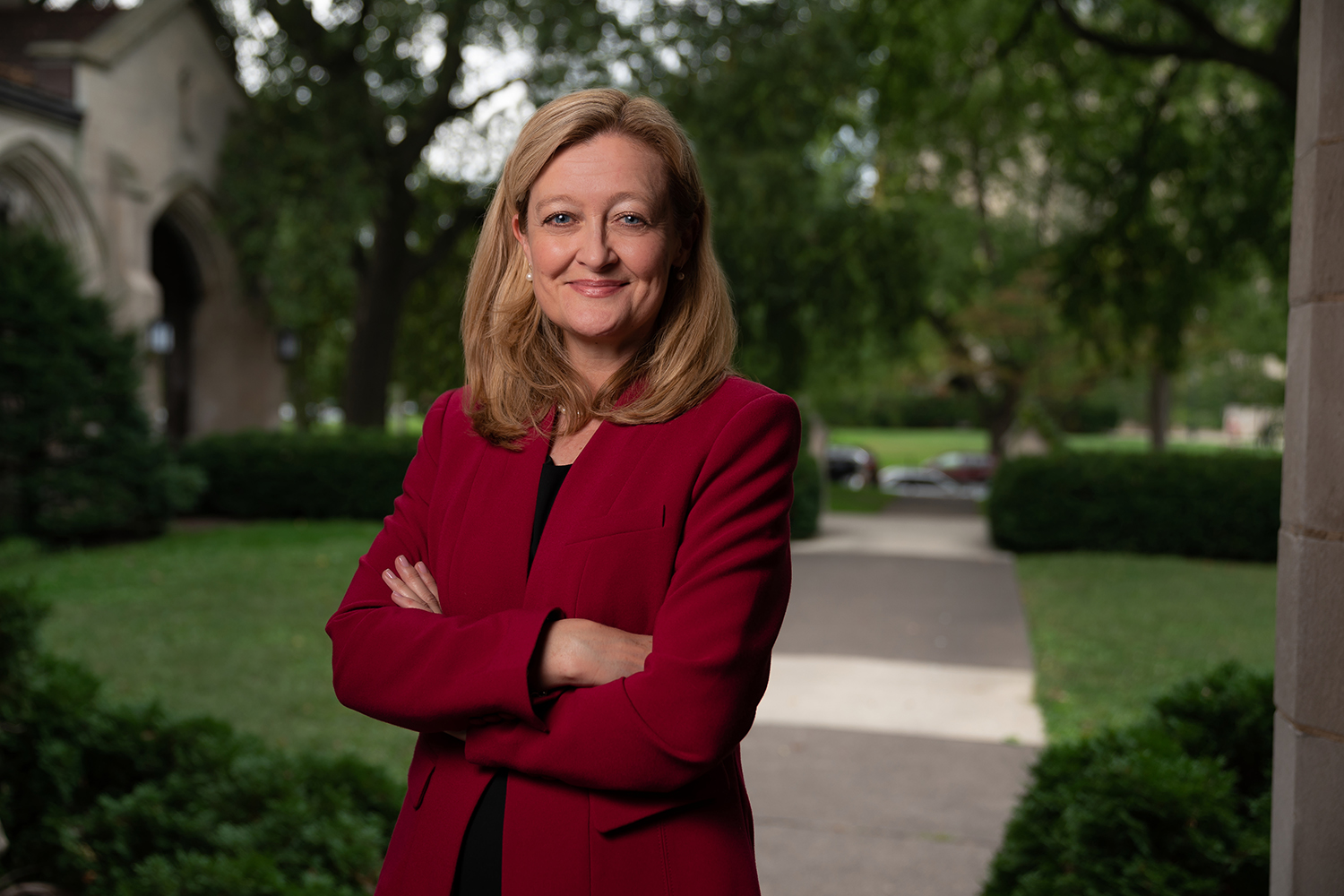
Jay Hamilton appointed vice provost for undergraduate education
News
Hamilton, who has taught and led at Stanford since 2013, looks forward to building on programs such as COLLEGE, and helping students see their time at Stanford as an opportunity to critically examine their beliefs. “It’s important to help students think not only about their degree, but their education.”

Kathryn Olivarius receives Dan David Prize
News
Given to scholars who deepen public understanding of the past, the award recognizes Olivarius’ research on disease, citizenship, and economics in the 19th-century United States.

Stanford joins initiative to reach rural students
News
A network of U.S. colleges and universities is focused on attracting high school students from small communities and supporting them after they enroll.

Report calls for ‘better guardrails’ but not a blanket ban on fossil fuel funding
News
Citing the need for a robust and diverse approach to climate solutions, a Stanford committee recommended against prohibiting research funds from fossil fuel companies.

